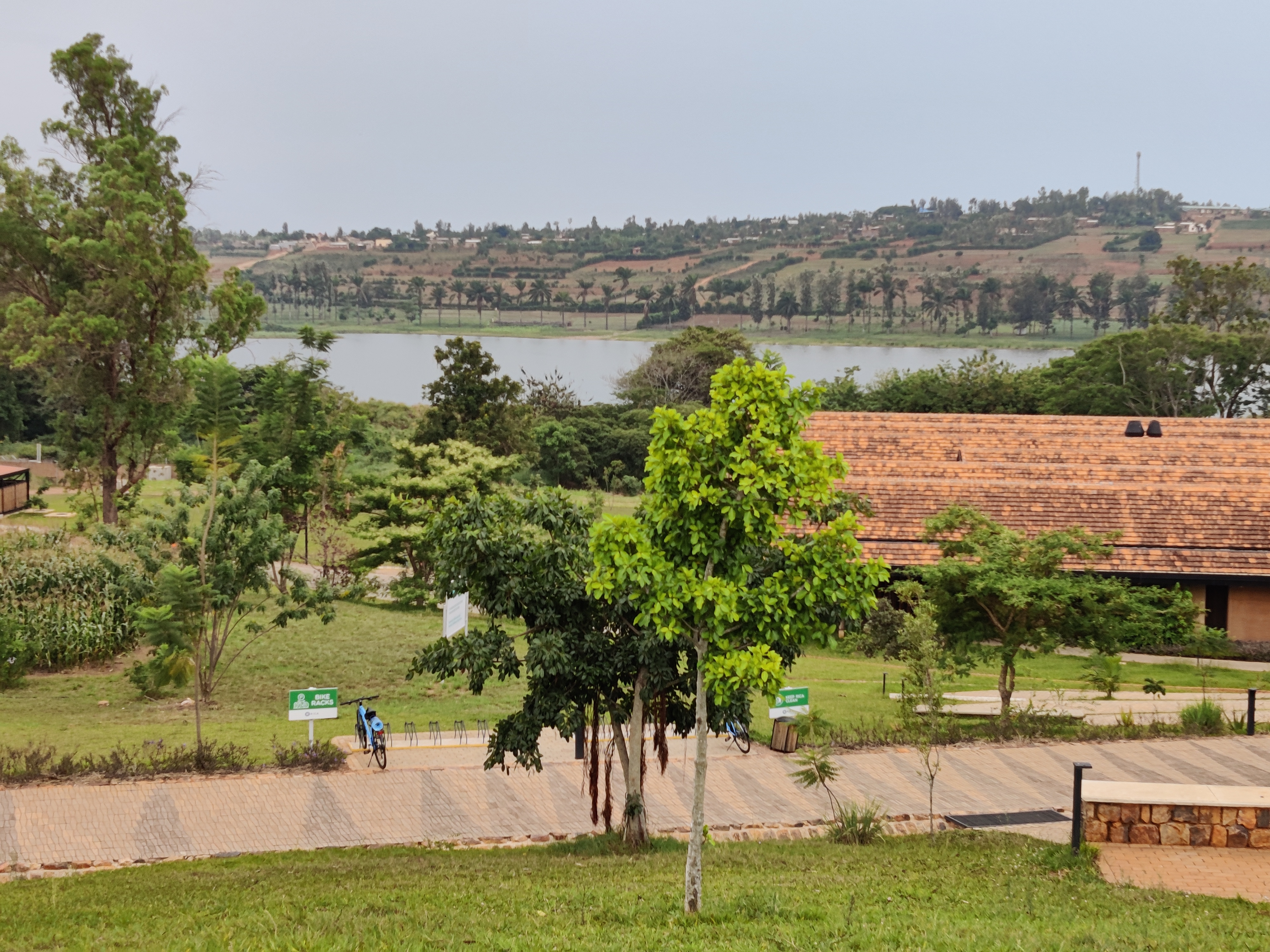DigitAF at the World Congress on Agroforestry 2025
DigitAF members Bohdan Lojka, Jakub Houška, Christian Dupraz, Gerardo Moreno, and Michael den Herder attended the 6th World Congress on Agroforestry which was held in Kigali, Rwanda 20-24 October 2025, under the slogan “Agroforestry for People, Planet and Profit”. More than 700 participants attended the congress. In a week full of inspiring discussions and presentations, scientists, practitioners, businesses, and policymakers explored how agroforestry can drive sustainable, biodiverse, and resilient landscapes. The discussions highlighted the potential of agroforestry of developing productive and profitable farming systems with multiple benefits such as improving community well-being, job creation, biodiversity, water availability, food security…
DigitAF members Bohdan Lojka, Jakub Houška, Christian Dupraz, Gerardo Moreno, and Michael den Herder attended the 6th World Congress on Agroforestry which was held in Kigali, Rwanda 20-24 October 2025, under the slogan “Agroforestry for People, Planet and Profit”.




More than 700 participants attended the congress. In a week full of inspiring discussions and presentations, scientists, practitioners, businesses, and policymakers explored how agroforestry can drive sustainable, biodiverse, and resilient landscapes. The discussions highlighted the potential of agroforestry of developing productive and profitable farming systems with multiple benefits such as improving community well-being, job creation, biodiversity, water availability, food security and nutritional diversity and other ecosystem services, and reducing climate impacts.
During the sessions, Jakub presented his work in the Czech living lab on Biodiversity risks and soil microbial responses to agroforestry in intensively managed landscapes. Gerardo showed how scattered trees contribute direct and indirectly to increase both particulate and mineral-associated organic carbon in the soil of Iberian dehesas. Christian presented a poster on Land Equivalent Ratios of (probably) the oldest silvoarable agroforestry experiment in Europe, the Restinclières agroforestry experimental farm, which was established in 1995. The findings demonstrate the critical role of modelling in quantifying long-term agroforestry performance and highlight thinning as a key management strategy for sustaining productivity over the system’s lifespan. Christian also presented Marie Gosme’s work on AgroforestAR which is a freely available and open accessible mobile app for visualizing agroforestry systems in augmented reality.Michael presented his work on mapping agroforestry in a poster entitled Estimating agroforestry area and greenhouse gas mitigation potential in Europe. Reliable estimates of the extent of agroforestry are important to help design national land use policies, for instance, in the context of the EU Deforestation Regulation agroforestry land must be clearly distinguished from forest land.
On Wednesday, there were field excursions. One excursion went to Bugesera district in the eastern province of Rwanda where the Rwanda Institute for Conservation Agriculture (RICA) is pioneering a new movement in conservation agriculture aimed at restoring soil health, increasing productivity, and fostering a food-secure future for Rwanda and beyond. During the field trip we could see how RICA’s innovative educational model combines classroom learning, hands-on fieldwork, and applied scientific research within a “living laboratory” campus. The other excursion went to the Gicumbi district located in the Northern Province of Rwanda, characterized by its mountainous terrain and cooler climate. The district is known for its beautiful highlands, tea plantations, and abundant rainfall, making it ideal for certain agricultural practices. Here, since its start in 2019, the Green Gicumbi Project has planted 9790 hectares of agroforestry, restored 1744 hectares of degraded forest and successfully restored critical watershed functions that support Gicumbi District’s mostly rural population.
There were many take home messages from the congress and the Kigali Agroforestry Declaration (to be released soon) presented in the closing session sets out a roadmap how agroforestry can contribute to more sustainable agriculture. One important message from the congress is that farmers want more trees. We should also put more trust in our farmers. Farmers possess local knowledge, and together with researchers, advisors, policy and the value chain, systems can be created delivering multiple benefits for people and nature. In principle we already have all the tools to make agriculture more sustainable. We, from DigitAF, are happy for the opportunity to be part of this process and that the project contributes to making these tools more accessible and user friendly which makes it easier to utilise local knowledge, and share knowledge from science to practice and policy. Farmers, researchers, advisors, value chain actors and policy must work better together to create the right incentives to help the adoption of Agroforestry for People, Planet and Profit.
